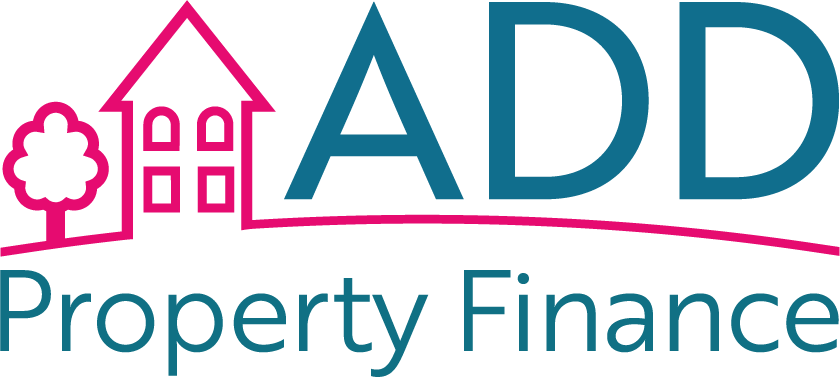When it comes to financing a property purchase, homeowners have a choice between two primary options: traditional mortgages and bridging loans. Each option comes with its own set of features and considerations. In this guide, we’ll compare bridging loans and traditional mortgages, highlighting the key differences and helping you determine which one is right for your specific needs.
Bridging Loans: Quick Access to Funds
1. Short-Term Financing: Bridging loans are short-term loans designed to provide quick access to funds. They are often used to “bridge the gap” between property transactions.
2. Speedy Approval: Bridging loans typically have a faster approval process compared to traditional mortgages. This speed can be crucial when time is of the essence, such as in property auctions or chain-breaking scenarios.
3. Higher Interest Rates: Bridging loans tend to have higher interest rates than traditional mortgages. This is because they are considered riskier due to the shorter loan term.
4. Interest-Only Payments: Borrowers usually make interest-only payments during the loan term. The full loan amount is repaid when the property is sold or permanent financing is secured.
5. Flexible Repayment: Bridging loans offer flexibility in repayment, making it possible to repay the loan in full at any time without early repayment charges.
6. Suitable for Property Development: Bridging loans are often used for property development projects, where quick access to capital is essential for renovations or conversions.
Traditional Mortgages: Stability and Long-Term Financing
1. Long-Term Commitment: Traditional mortgages are long-term loans with typical terms of 15 to 30 years. They provide stability and predictability in monthly payments.
2. Lower Interest Rates: Traditional mortgages generally have lower interest rates compared to bridging loans, making them more cost-effective over the long term.
3. Full Loan Amount: Borrowers make regular payments that include both interest and principal, gradually paying off the entire loan amount.
4. Thorough Application Process: Traditional mortgage applications require comprehensive documentation and assessments, which can take longer compared to bridging loans.
5. Suitable for Primary Residences: Traditional mortgages are ideal for financing primary residences or properties where long-term ownership is planned.
6. Fixed or Variable Rates: Borrowers can choose between fixed-rate mortgages (with stable interest rates) or variable-rate mortgages (with rates that may change over time).
When to Choose Bridging Loans
- Time-Sensitive Transactions: When you need to purchase a property quickly, such as at an auction or to break a property chain.
- Property Development: When you’re renovating or developing a property and need funds for construction.
- Short-Term Ownership: If you plan to sell the property in the near future.
When to Choose Traditional Mortgages
- Long-Term Ownership: When you intend to keep the property for an extended period.
- Stability: If you prefer predictable monthly payments and lower interest rates.
- Comprehensive Documentation: If you can provide the necessary documentation and are prepared for a thorough application process.
Conclusion
The choice between a bridging loan and a traditional mortgage depends on your specific circumstances and financial goals. Bridging loans offer speed and flexibility, making them suitable for certain situations, while traditional mortgages provide stability and cost-effectiveness for long-term ownership. Consulting with a mortgage adviser can help you navigate these options and select the right financing solution for your property needs.







